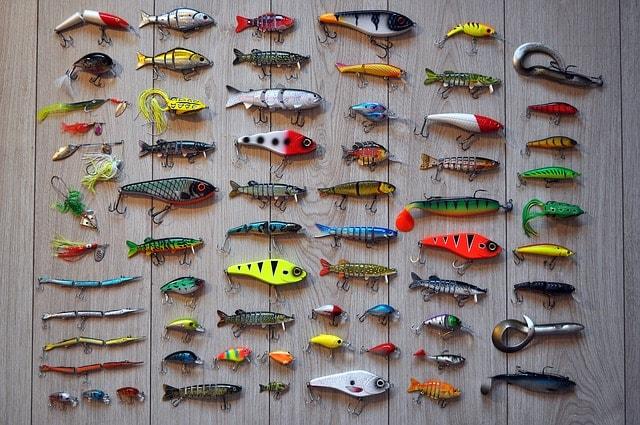“Dog Uses This Secret Ingredient In Treats. You’ll Never Believe What Happens!”
“Cat Gets Into Bag of Catnip. He Was Not Prepared For How He’d Feel!”
“Crazy! World’s Oldest Hamster Shares Tips On Staying Healthy.”
It’s a general consensus that clickbait is, objectively speaking, the worst. It’s easily recognizable, over exaggerated, and an obvious sham. Over-hyped headlines underdeliver on content, leaving us frustrated that we wasted our time. Yet we still click on these headlines, knowing fully well that they’re clickbait. So why do we as readers keep falling for the same trap? The answer is simple — we crave information. Clickbait titles leave us wanting more, creating a sort of psychological disequilibrium. We need to know what secret ingredient the dog is using, how the cat felt after an entire bag of catnip, and how the world’s oldest hamster stays healthy. We crave the information that’s left out of the headline.
But with clickbait headlines comes a negative connotation, which can ultimately cause your content to suffer. Take Buzzfeed — the site was founded on listicles, quizzes, and clickbait, yet today it argues that it avoids the latter. If you look at the site now, you’ll notice that it has tried to separate itself from the clickbait that made it famous. With long-form articles, investigative pieces, and developing stories, it’s not the Buzzfeed of 2011. But if you say that Buzzfeed can be used as a news source, people laugh, still associating it with the clickbait that made it famous.

Despite being an easy trap, clickbait isn’t the way to engage with your audience. It’s frustrating to readers who want to know exactly what they’re going to get out of an article; they don’t want to be manipulated into clicking through 32 slides and feel like they’re wasting their time. A study by the Facebook newsroom found that 80% of people prefer headlines that help them decide if they want to read the full article before they click.
This leaves a challenge for marketers — how do you write a captivating headline that leaves readers craving more information, but stays away from being labeled as clickbait?
A good headline should do three things:
It should draw people in.
It should be shareable.
It should not manipulate the reader into clicking.

So how exactly do you draw people in without using clickbait tactics? Use a benefits-driven headline. A good content marketing strategy means telling your reader exactly what they’re going to gain out of reading the article. Don’t hide your content behind a snazzy title; let it stand on its own two feet. You can still create that psychological disequilibrium that leaves readers wanting more, but just tell them what they can expect. Tell them the secret ingredient the dog used. Tell them the cat went crazy after the catnip. Tell them how many tips the world’s oldest hamster is going to share with them. Benefits-driven headlines can increase conversion rates by 28%. They let your content shine, engage the reader, and don’t make them feel manipulated into being just another click.
About the Author
Grace graduated from Juniata College and works as a Content Lead at On Target. When she’s not overanalyzing comma usage, Grace enjoys going to local shows and hanging out with her cats (who do not necessarily enjoy hanging out with her).
On Target Digital Marketing is a full-service digital marketing agency located in Orlando, Florida. Through branding, web design, content creation, and social media, we get brands found and talked about online. To learn how we can help your brand grow and thrive, call 407-830-4550 or fill out our contact form. Thanks for reading and sharing!


